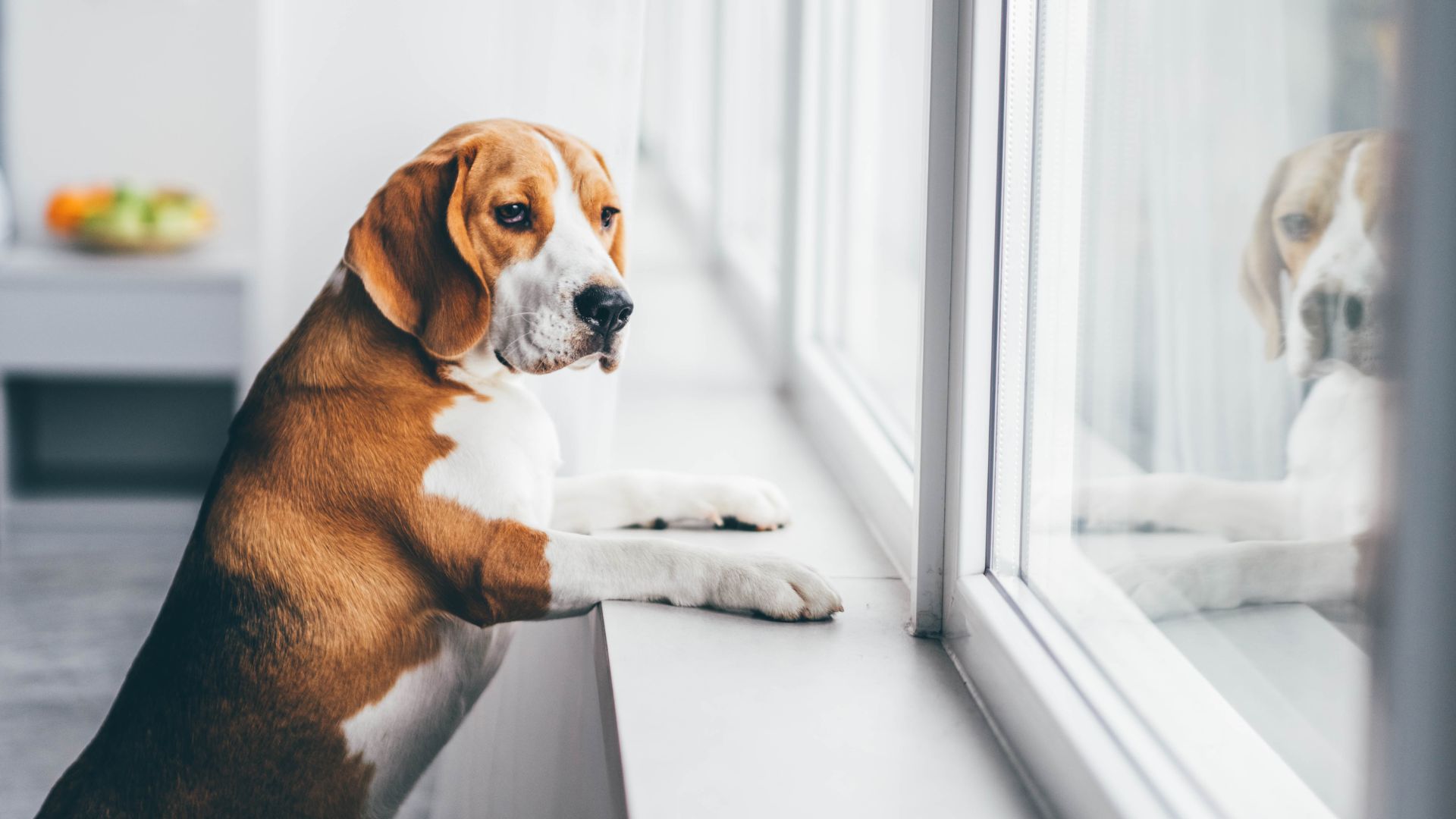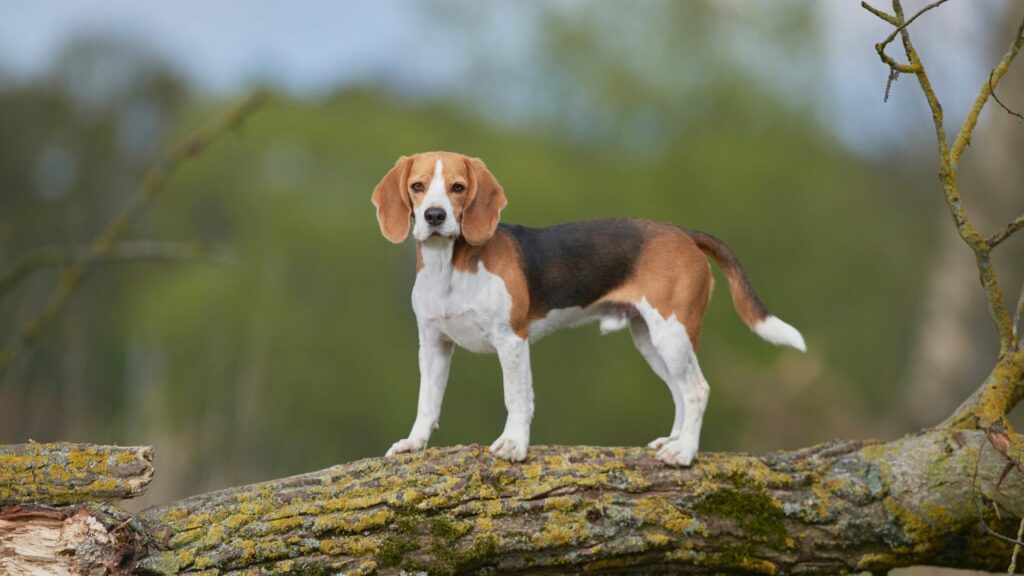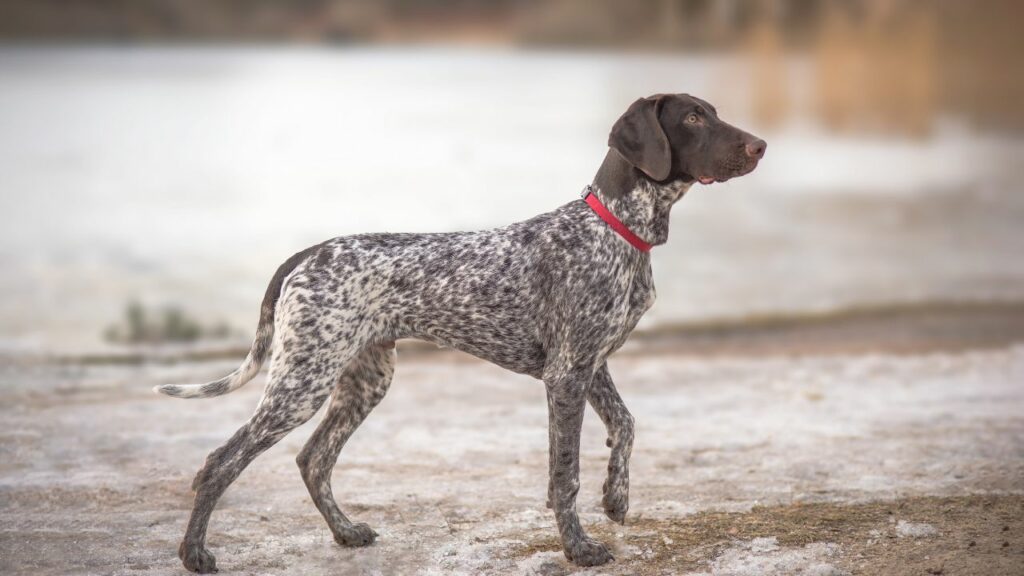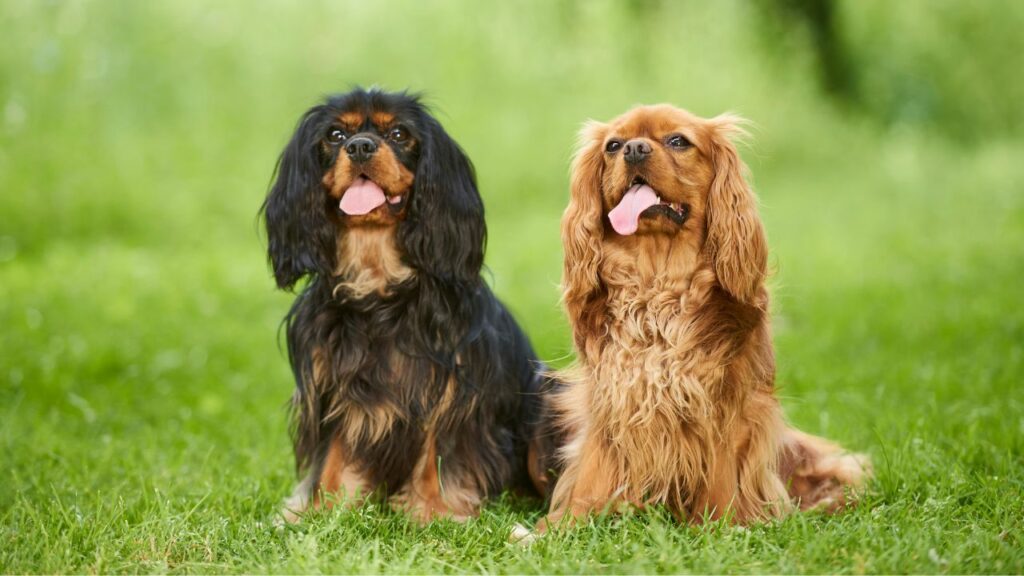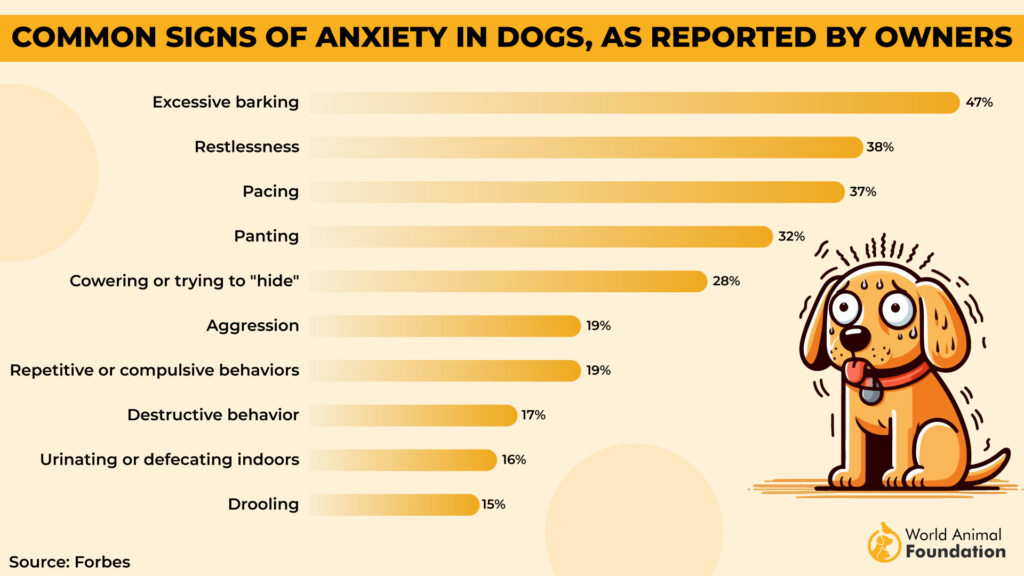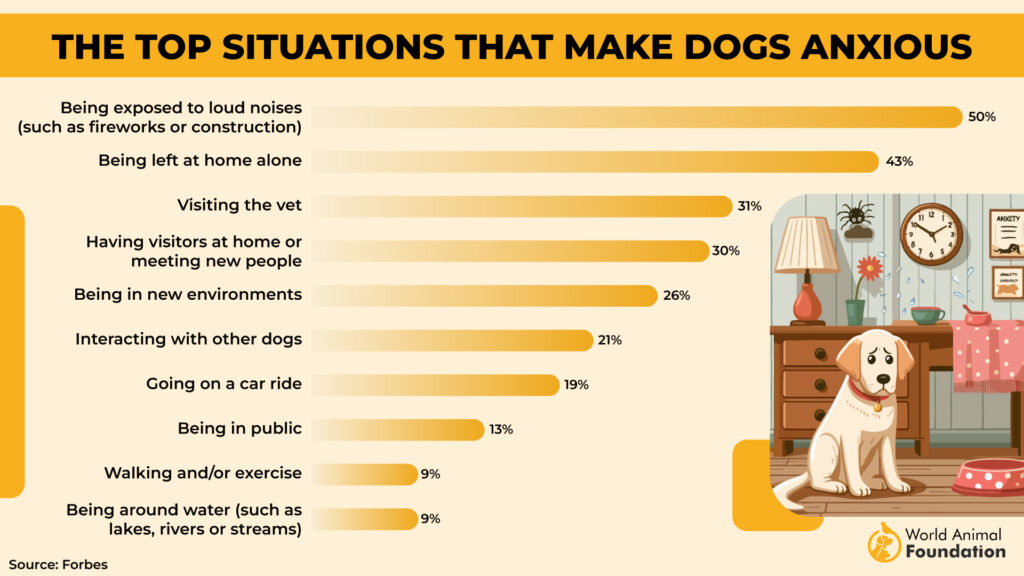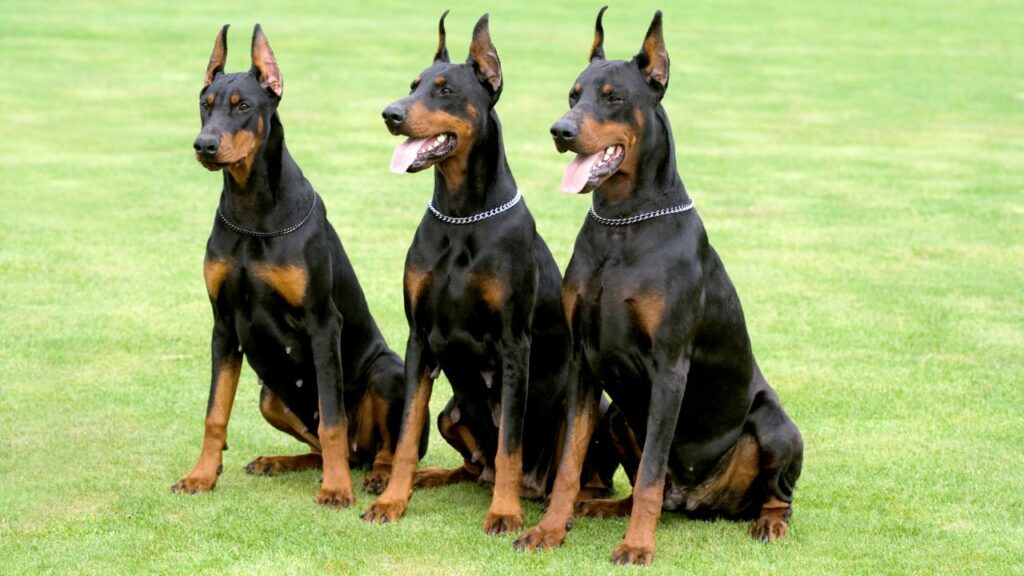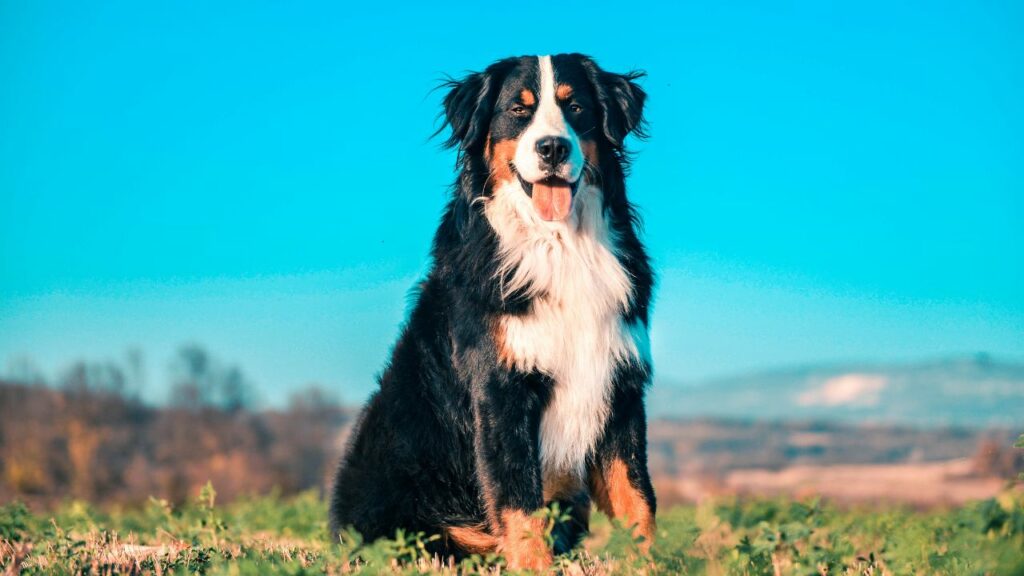Anxiety in dogs isn’t just whimpering and pacing; it can manifest in destructive behaviors and significantly impact their well-being. While any dog can experience anxiety, some breeds are genetically predisposed to it. Understanding these predispositions is crucial for responsible ownership. This list of the 10 most anxious dog breeds will explore those prone to heightened sensitivities, highlighting their unique needs and offering insights into managing their anxiety for a happier, healthier life for both dog and owner. From the trembling Chihuahua to the watchful German Shepherd, discover which breeds require extra patience, understanding, and a calming touch.
When it comes to our furry friends, we often think of them as joyful, carefree companions. But just like humans, dogs can experience anxiety, and for some breeds, it’s a common struggle. Whether it’s the fear of being left alone, loud noises, or unfamiliar situations, certain dogs are more prone to feeling anxious than others.
Understanding which breeds are more likely to develop canine anxiety can help pet owners better support their pets, ensuring they live happy, secure lives. While every dog is unique, some breeds tend to have a higher tendency toward anxiety due to their history, temperament, and strong bond with their human family members.
In this guide, we’ll explore the most anxious dog breeds, from the intelligent and loyal German Shepherd to the playful and sensitive Beagle. By recognizing the signs and offering the right care, you can help your dog manage their stress and enjoy the companionship they crave. Let’s dive into the breeds that are most prone to anxiety and how you can provide them with the support they need.
Most Anxious Dog Breeds
1. Beagle
Beagles, while generally friendly and curious, can often struggle with anxiety. Many Beagles are prone to being jumpy and fearful, especially when faced with common triggers. Separation anxiety is a major concern for this breed, with Beagles sometimes becoming anxious the moment their owner leaves the room. This can lead to behaviors like pacing, drooling, destructive chewing, or even excessive barking when left alone.
Beagles are also commonly afraid of loud noises such as thunderstorms, fireworks, or the sound of a vacuum cleaner. In addition, traveling in cars or visiting places like the vet can also make them anxious.
Managing a Beagle’s anxiety often requires a combination of small, consistent steps, like creating a calm environment, offering comfort, and sometimes seeking professional help or medications for severe cases. It’s important to address these anxiety triggers with patience to help a Beagle feel safe and secure.
2. German Shorthaired Pointer
German Shorthaired Pointers are highly social dogs that thrive on being close to their families, which can make them prone to anxiety. If you’re often away from home or work long hours, this breed might not be the best fit. Their deep desire to be involved in family activities means they struggle when left alone, often showing signs of anxiety through destructive behaviors or excessive clinginess.
To help ease a German Shorthaired Pointer’s anxiety, it’s important to gradually get them used to being alone. Start by leaving them for short periods, slowly increasing the time apart. Providing interactive toys and creating a cozy, secure space can also help.
According to Orvis, these dogs are energetic, intelligent, and eager to please, making them highly trainable. While they are friendly and enthusiastic, they are not aggressive, though they may bark to alert you of visitors. They need to be part of the family and do best as indoor dogs with plenty of human interaction.
3. Cavalier King Charles Spaniel
The Cavalier King Charles Spaniel is a loving and adaptable breed, but they can be prone to anxiety, particularly when left alone or at the vet’s office. Cavaliers form strong bonds with their owners and are known to be needier than many other breeds, making them more likely to suffer from separation anxiety. When left alone for long periods, they may exhibit destructive behaviors, excessive barking, or attempts to escape in response to their distress.
To help manage their anxiety, it’s important to gradually acclimate them to being alone by starting with short absences and slowly increasing the time apart. Ensuring they have plenty of mental and physical stimulation before you leave can also help them relax. Creating a safe space, like a crate or quiet room with comfortable bedding, toys, and soothing sounds, gives them a retreat when they feel anxious.
If their anxiety persists, seeking help from a professional dog trainer or behaviorist can provide additional guidance and support to ensure your Cavalier feels secure and at ease. With patience, consistency, and positive reinforcement, most behavioral issues in Cavaliers can be managed effectively.
4. Havanese
The Havanese is a playful, affectionate dog that thrives on companionship and doesn’t enjoy being left alone for long periods. This breed is prone to anxiety and may struggle when their family is frequently away. However, it’s important to help them adjust to some alone time early on, so they can learn to tolerate brief absences.
Known for their great sense of humor and love of being the center of attention, Havanese dogs bring plenty of joy and laughter to any household. They are ideal for people who spend most of their time at home or have someone available to care for them when they’re away.
If you do need to leave your Havanese alone for a while, keeping the environment calm and normal is key. Avoid emotional goodbyes, and leave on household noises, like the TV or radio, to help them feel less lonely. Restricting them to a confined, safe space can also help them feel secure and minimize anxiety while you’re away.
5. Pembroke Welsh Corgi
Corgis, with their charming short legs, expressive eyes, and playful personalities, are beloved by many dog owners. However, they can be prone to anxiety due to their strong herding instincts. Bred to be loyal and task-oriented, Corgis can become anxious when left alone without a “job” or their human “herd” to accompany them. Their social and intelligent nature makes isolation particularly difficult, leading to behaviors like whining, barking, howling, or even destructive acts.
Signs of anxiety in Corgis can include following you around obsessively, showing nervousness when they sense you’re about to leave, and being overly excited or downhearted when you return.
To help ease their anxiety, it’s important to provide regular exercise and mental stimulation through daily walks, playtime, and training activities. Keeping your Corgi busy with tasks or games can help alleviate their stress and prevent boredom, making them feel more secure and content when you’re away.
6. Miniature Schnauzer
Miniature Schnauzers, with their distinctive bushy beards and eyebrows, are prone to anxiety, especially around other dogs and loud noises like thunderstorms or fireworks. This sensitivity can cause them to tremble, hide, or seek comfort from their owners. If not properly socialized from a young age, some Miniature Schnauzers may also show fear or anxiety towards unfamiliar people or dogs.
These dogs form strong bonds with their owners, which can lead to separation anxiety when left alone for long periods. This might result in behaviors like whining, barking, or chewing on things they shouldn’t. Like many dogs, they can also become anxious at the vet due to unfamiliar environments and past experiences.
Early socialization is key to helping them grow into confident adults. Introducing them to a variety of people, animals, and situations from puppyhood can prevent future anxiety. When faced with fear, gradually exposing them to the source in a positive, controlled way, and providing a safe space for them to retreat to, can help your Miniature Schnauzer feel secure and calm.
7. Dachshund
Dachshunds, while loyal and affectionate, can be less outgoing and more prone to anxiety than other breeds. They are particularly sensitive to loud noises, such as thunderstorms, and may become nervous or fearful around unfamiliar people, children, or pets. Unlike some dogs, Dachshunds are less likely to be destructive, but they can still experience anxiety due to common triggers like abandonment, being left alone, or traveling. Dogs that have been abused or neglected are also more likely to develop these anxieties.
To help your Dachshund overcome their fears, it’s essential to identify the root cause. Use positive reinforcement, such as treats, praise, and play, to encourage bravery and build their confidence. Gradual exposure to the source of fear, paired with rewards, can also help them become more comfortable.
Keeping your Dachshund both physically and mentally stimulated with daily walks, playtime, and training is another great way to ease their anxiety. If their fear is severe, consulting with a veterinarian or a certified animal behaviorist can provide additional guidance and support to improve their quality of life.
8. Australian Shepherd
Australian Shepherds, known for their herding instincts, can be more prone to anxiety due to their attentive and highly active nature. Bred to herd and control movement, Aussies are always alert and aware of their surroundings. They thrive on having tasks to do and struggle when left alone for long periods, often acting out through destructive behaviors if they become bored or anxious. Separation anxiety can be a common issue for this breed, as they are deeply attached to their family.
While they form strong bonds with their loved ones, Australian Shepherds tend to be more reserved with strangers. They aren’t overly shy or aggressive, but they are selective in their social interactions and don’t easily accept strangers as part of their “herd.”
To help manage their anxiety and prevent boredom-related behaviors, it’s important to keep your Australian Shepherd physically and mentally stimulated. Daily walks, playtime, and training activities will provide the outlets they need for their energy, helping them stay happy and calm.
9. Doberman Pinscher
Dobermans are highly intelligent and energetic dogs that thrive when they have a job to do, making them excellent police and military dogs. However, because they enjoy working alongside people so much, they can be prone to separation anxiety when left alone for long periods. This anxiety can worsen if they don’t get enough physical and mental activity, leading to behaviors like chewing, howling, or being overly rambunctious, especially during puppyhood.
To prevent or manage separation anxiety in your Doberman, it’s essential to use desensitization exercises that reduce their stress related to your departures. Slowly expose them to the triggers of your leaving and help them feel more comfortable in their environment by providing them with a cozy, secure space.
Ensuring your Doberman gets enough exercise, mental stimulation, and socialization from an early age will also help prevent anxiety and overprotectiveness, allowing them to grow into well-adjusted and happy companions.
10. Bernese Mountain Dog
Bernese Mountain Dogs are gentle, affectionate, and deeply loyal to their families. However, their strong attachment can sometimes lead to anxiety when they are left alone for extended periods. This breed thrives on companionship and may express their distress through behaviors like destructive chewing when they feel lonely or anxious.
To help manage anxiety in Bernese Mountain Dogs, it’s important to provide them with regular outlets for their energy and natural instincts.
Daily walks, ideally off the property, allow them to explore, chase, play, and interact socially, which helps reduce anxiety and prevent behavior issues. Ensuring they have enough mental and physical stimulation, along with plenty of companionship, will keep them happy and prevent destructive behaviors from developing.
Conclusion
Dog anxiety is a common issue that many pet owners face, particularly with certain breeds that are more prone to it. From separation anxiety to fears of loud noises or unfamiliar environments, anxious dogs often struggle with stress and uncertainty.
Both purebred and mixed breed dogs can experience anxiety, although some breeds, known as high anxiety dog breed, may be more susceptible due to their temperament and history. Understanding the signs of canine anxiety and providing the right support is crucial in helping them feel secure and confident.
For most anxious dogs, creating a stable and comforting environment, offering plenty of mental and physical stimulation, and ensuring regular socialization are key steps to reducing their stress. Pet owners should be mindful of how most dogs respond to various triggers and work to gradually desensitize them to their fears.
By addressing dog’s anxiety early and giving them the care they need, we can help our canine companions become happier, healthier, and more relaxed members of our human family.
While breed can offer clues about a dog’s predisposition to anxiety, it’s crucial to remember that individual personalities and experiences play a significant role. A dog’s environment, socialization, and training greatly influence their anxiety levels. Therefore, labeling a breed as inherently “anxious” can be misleading. Prospective owners of breeds listed as prone to anxiety should be prepared to provide a calm, structured environment and commit to positive reinforcement training. Early socialization is key, and consulting a professional trainer or veterinarian can provide tailored support to help any dog, regardless of breed, thrive confidently.

